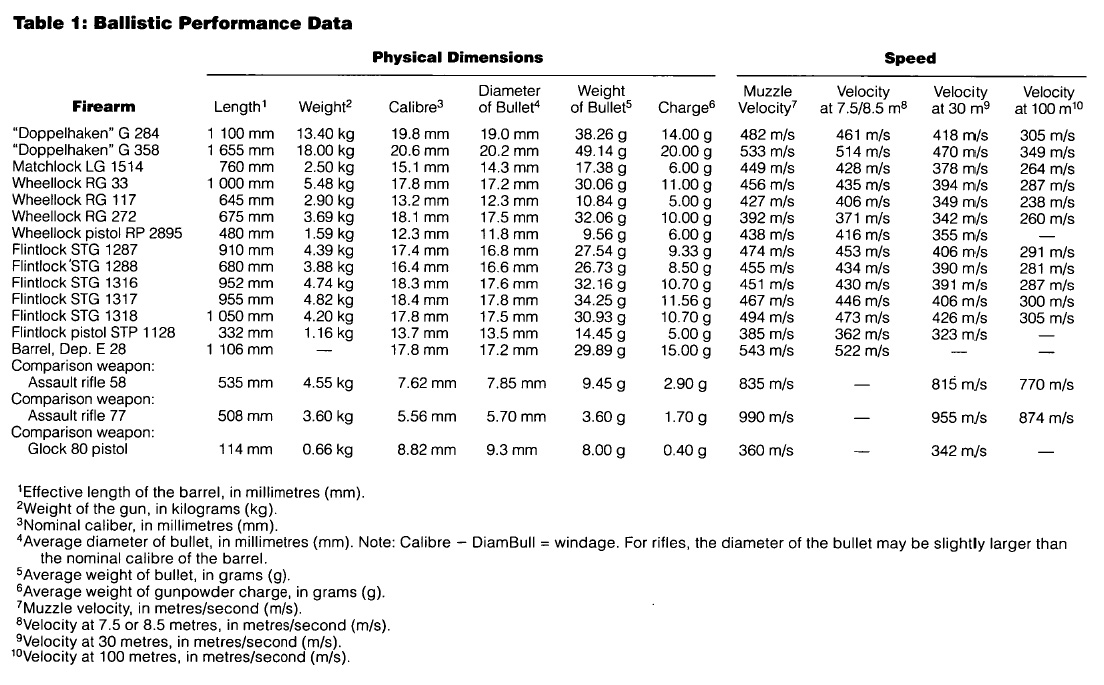Someone just brought this article to my attention: View of Material Culture and Military History: Test-Firing Early Modern Small Arms | Material Culture Review (unb.ca).
It is about a test firing of modern small arms conducted by the Austrian provincial armory in Graz, done in 1988-1989. They test fired 14 weapons from 1571 to 1750 and later, including 3 rifles. They used a standardized modern black-powder gunpowder in an amount determined during testing. They also tested three modern weapons for comparison.
A couple of tables from the article:


They also fired the guns into blocks of soap or gelatine, modern steel plate and 16th -century armor plate. For example, one flintlock musket left a cavity of 530 cm3 (cubed?) while a 5.65mm assault fire left a cavity of only 101 cm3 (see paragraphs 10 and 11 in the article).
They did fire a pistol at a part of the horse’s breastplate from 1570-1580, 2.8-3.0 mm, and it penetrated (paragraph 13) but the bullet was effectively stopped from injuring the wearer. The old breastplate performed better than 3mm of modern steel plate (see paragraph 12).

I have used it extensively in developing computer moderated historical wargames. I think it is a great example of evidence based quantitative history.
What else would you recommend we look at (that is along similar lines… looking at lethality and accuracy of individual weapons)?
It’s been a while, but I think some the Graz research is tabled in Williams, The Knight and the Blast Furnace.
They were using a real big target!
When you look at people chatting about modern use of smooth bore firearms (not always black powder as slug ammo from shotguns is mentioned) they feel that a hit at 50 yds is a good result.
https://www.muzzleloadingforum.com/threads/smoothbore-accuracy.112569/
I particularly liked this comment:
“Very good accuracy (for a smooth bore) out to about 50-60 yards with the right load, and right shooter. For years the only thing we could hunt deer with here in Ohio was a slug shotgun. I took my share with one, a single shot hammer gun too. But, I never took a shot beyond 60 yards! Best group I ever got out of it was about 5 inches at 50 yards”